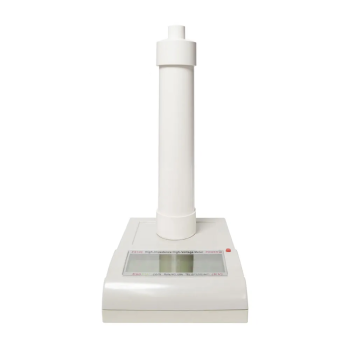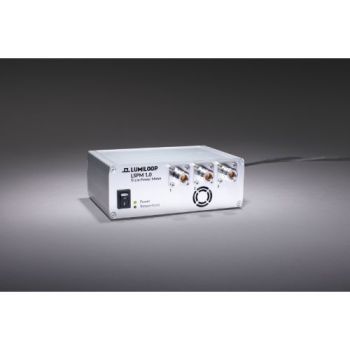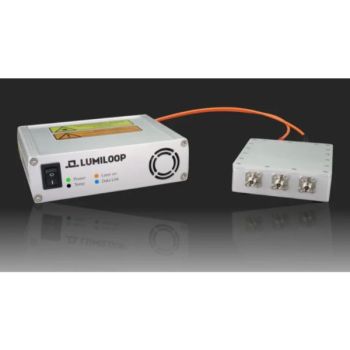Products
- High input impedance ≥ 100 G Ohm
- Wide measurement ± 1V ~ 100 kV
- High accuracy and resolution ± 1% ± 2 counts
- Portable with large LCD/LED display 4 ½ Digit LCD
- Battery or AC supply
- Measure DC up to 100kV
The ABSOLUTE EMC Bar Clamp is specifically designed for the EMC market, providing a low-cost, easy-to-use solution with no metallic parts. It is highly adjustable, reliable, and ideal for various EMC testing applications. The EMC Bar Clamp is made from low permittivity materials, making it suitable for holding tables together or securing the DUT/EUT in position during testing.
LSPM 1.0 Triple High-Speed Power Meter, 9 kHz – 6 GHz (12GHz)
- Three channel (Single and dual-channel versions are available as well)
- high speed
- high accuracy
- high dynamic range RF Power Meter.
LSPM 2.0 Triple High-Speed Power Meter, 9 kHz – 26.5 GHz (40GHz)
- Three channel (Single and dual-channel versions are available as well)
- high speed
- high accuracy
- high dynamic range RF Power Meter.
LSPM 1.1 Laser Powered, Triple High-Speed Power Meter, 9 kHz – 6 GHz (12GHz)
- Three-channel (Single and dual-channel versions are available as well)
- high speed
- high accuracy
- high dynamic range RF Power Meter
- Lasser Powered Power Heads, >1000V/m, Fibers >500m
LSPM 2.1 Laser Powered, Triple High-Speed Power Meter, 9 kHz – 26.5 GHz
- Three-channel (Single and dual-channel versions are available as well)
- high speed
- high accuracy
- high dynamic range RF Power Meter
- Lasser Powered Power Heads, >1000V/m, Fibers >500m
- Protocol reports
- Generation of waveforms with synchronous data acquisition
- Modular Expandable
- Individual Waveform Generation
- Standard Libraries included
- Unlimited Waveform size
- 2 different Waveforms synchronously
- DLL's for LabView, Vector CANoe / CAPL, C#, C++, ANSI C, Python, etc.
- Simulation of imported oscilloscope waveform
The original EMC EPS Bar is white Expanded Polystyrene can optional be painted coating to extend durability. They come in dimensional metric sizes of 100 x 10 x 5 cm. Keep your test setup looking professional with these lightweight and soft EUT supports. Ideal for use in EMC testing for EUT and cable supports. The EMC EPS Bar is crush resistance and able to withstand heavy weight loads without deforming. 1cm marking on 4 sides allows for easy positioning and test setups.
The original EMC EPS 70cm Support is white Expanded Polystyrene. They come in dimensional metric sizes of 40 x 60 x 70 cm. Keep your test setup looking professional with these lightweight and soft EUT supports. Ideal for use in EMC testing for EUT and cable supports. Since the EMC EPS 70cm Support is made from a denser EPS rating, it is crush resistance and able to withstand heavy weight loads without deforming.
The original EMC EPS Cube is white Expanded Polystyrene can optional a painted coating to extend durability. They come in dimensional metric sizes of 10 x 10 x 10 cm which matches EUT height requirements for IEC testing above the ground plane for IEC 61000-4-5 and IEC 61000-4-6. Keep your test setup looking professional with these lightweight and soft EUT supports. Ideal for use in EMC testing for EUT and cable supports. The EMC EPS Cube is crush resistance and able to withstand heavy weight loads without deforming. 1cm marking on all 6 sides allows for easy positioning and test setups. They are conveniently sold in kits in tote bins for secure storage.










